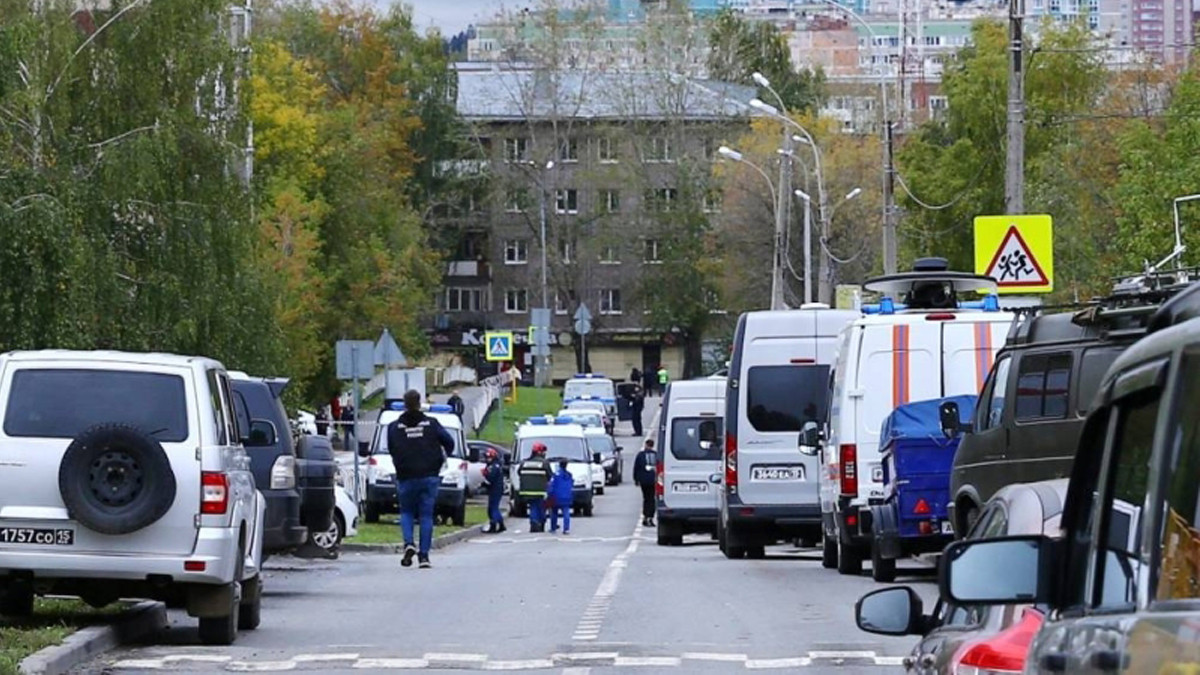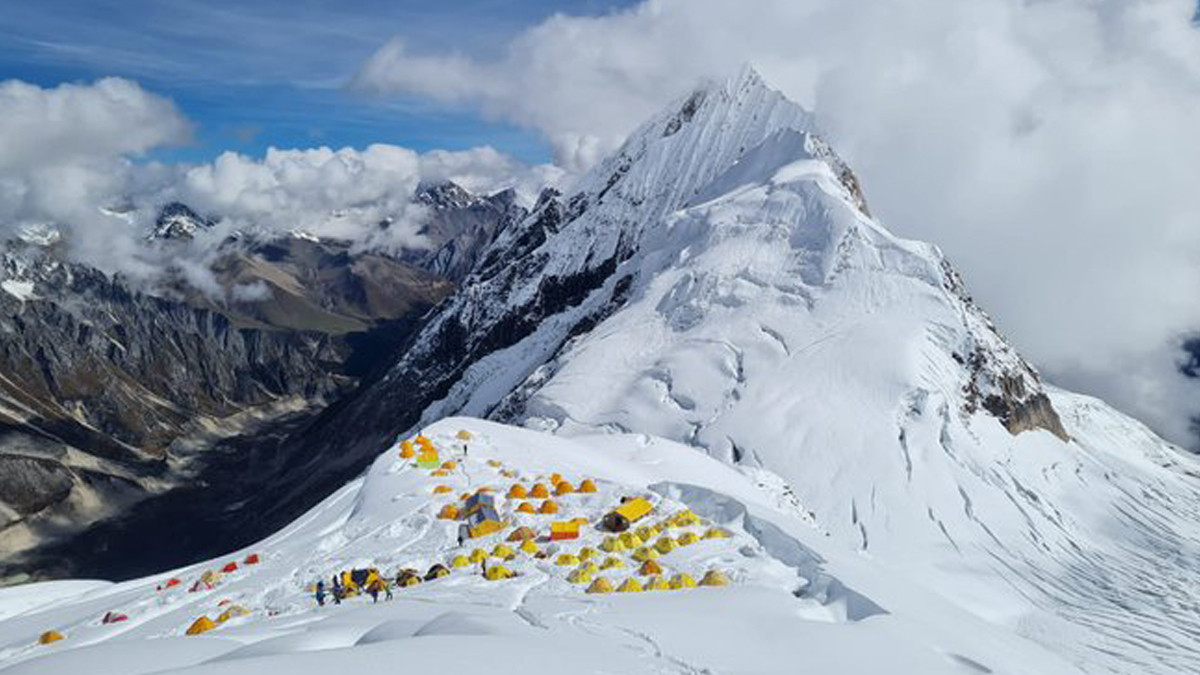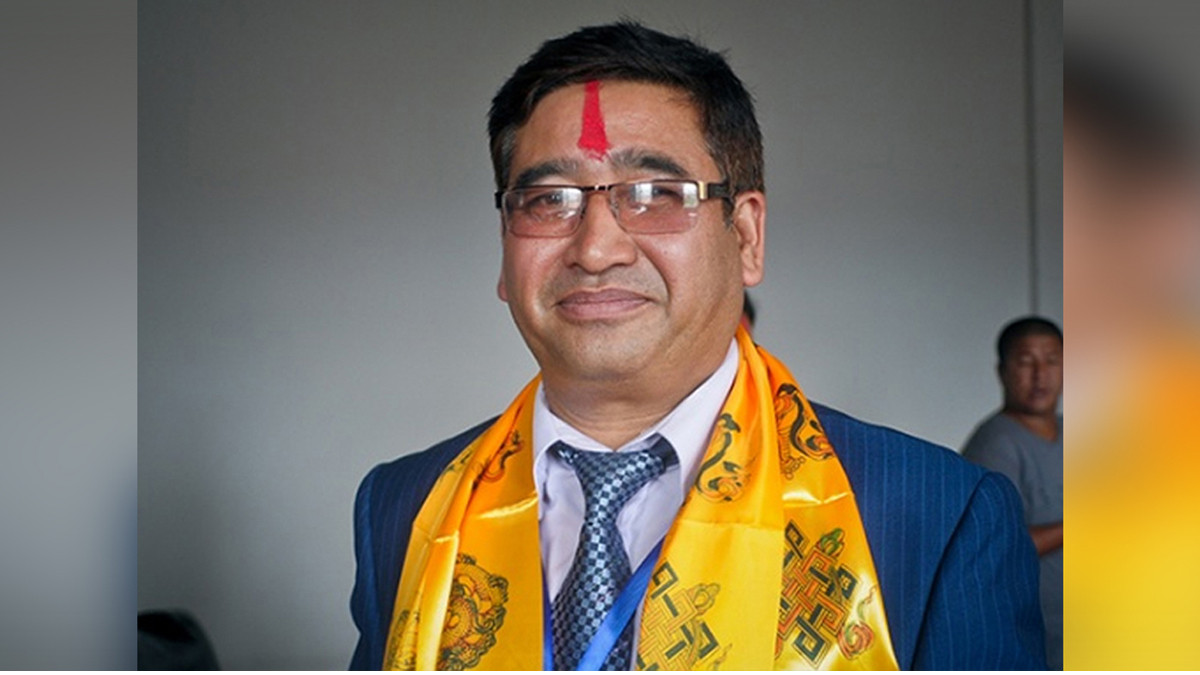
Sri Lanka, which is reeling under its worst financial crisis, had to cancel exams for millions of school students in the western province due to an acute shortage of printing paper.
Education authorities there said examination scheduled for a week starting gMonday, were postponed indefinitely due to an acute paper shortage. Sri Lanka has been fighting with its worst financial crisis since independence in 1948.
The government authorities have said if the current crisis was not addressed it could effect the examination of over two third of its 4.5 million students.
A harsh economic crisis brought on by a shortage of foreign exchange reserves, has seen the country run low on food, fuel and pharmaceuticals. The cash-strapped South Asian nation of 22 million announced, a few days ago, that it will seek an IMF bailout to resolve its worsening foreign debt crisis and shore up external reserves.
In spite of constant assurances by the governor of the Central Bank of Sri Lanka (CBSL), international rating agencies as well as economists have sounded the alarm about Sri Lanka’s ability to make its foreign debt repayments any time soon. A number of analyses indicate that Sri Lanka is on the verge of a sovereign debt default as the country’s usable foreign currency reserves plunged below $1 billion.
Is Sri Lanka becoming a victim of China’s debt trap policy?
On January second week Sri Lankan President Gotabaya Rajapaksa asked China to restructure its debt repayments. Rajapaksa made the request during a meeting with Chinese foreign minister Wang Yi, who on special invitation of China had gone there with a motif to address the growing economic crisis.
In the last decade China has lent Sri Lanka over $5bn (£3.7bn) for projects including roads, an airport and ports. But many believe that the money was injected in Sri Lanka for unimportant schemes with low returns.
China is Sri Lanka's fourth biggest lender, after international financial markets, the Asian Development Bank and Japan.
The country has also received billions of dollars of soft loans from China which the island nation has not been able to return as the investment China made did not yield proper results.
Sri Lanka was required to repay about $4.5bn in debt this year starting with a $500m international sovereign bond, which matures on 18 January. Repaying such loan, for an instance has engulfed in a foreign exchange crisis which is said to have pushed the country to the verge of default.
Sri Lanka is a key part of China's Belt and Road Initiative, a long-term plan to fund and build infrastructure linking China to the rest of the world.
For Sri Lanka, dependency on China is even larger since Chinese people are one of Sri Lanka's main sources of tourists. And it imports more goods from China than from any other country. However, after the COVID-19 pandemic the tourism in Sri Lanka suffered a harsher conditioin as no Chinese visitors have gone there since early 2020.
Rajapaksa have in a desperate situation also offered with Yi to allow Chinese tourists to return to Sri Lanka provided they adhere to strict coronavirus regulations.
Is China luring poorer countries like Nepal into debt?
Some countries, including the US, have said the project a "debt trap" for third world countries like Srilanka. However, Beijing has been rejecting the accusations, saying it is a propaganda by West of to tarnish its image.
China’s investment in Nepal was marginal in comparison to India and other investors including the multilateral financial institutions till 2008, the year since it surged. Toady China is the largest source of Foreign Direct Investment in Nepal consecutively for the last six years. China’s FDI in Nepal was less than $ 1 billion during 2000-17.
In the year 2021 China’s share to total FDI increased to more than 70% with a commitment of $ 188 million (out of total FDI of $ 268 million). China surpassed India as the largest FDI source to Nepal in 2014. Later, China signed a framework agreement on its Belt and Road Initiative (BRI) with Nepal in 2017. Thereafter, under the framework China pledged to develop nine projects under the framework.
However, increased interest of China in Nepal, a small and poor economy, cannot be without strategic interests as it would never be able to extract economic returns on its investment from the country, at least in near term. It is also suspected that China’s proactive interest in funding Nepali projects have been conceived keeping in view the Chinese interest at the core and Nepali interest only on the periphery. There are several issues related to Chinese funded projects in Nepal, which caste doubt and attract people’s protest.
Both China and Nepal have identified nine projects to be developed under the BRI. The nine projects included Rasuwagadhi- Kathmandu road, Kimathanka- Hile road construction, construction of raod from Dipayal to Chinese border, Tokha-Bidur road, Galchi- Rasuwagadhi-Kerung 400KV transmission line, Kerung-Kathmandu rail, 762 MW Tamor hydroelectricity, 426 MW Phuket Karnali hydroelectricity project and Madan Bhandari Technical Institute, but none of them has taken off. If at all work has started on some of them, they are going very slow.
The track record of Chinese investment in Nepali projects is not good as it is clear from a vast gap between commitment and realisation of investment, slow growth in the implementation, cost over-runs due to delays and poor feasibility studies and rehabilitation of the people who fear displacement. While some G2G projects like $ 215 million Pokhara International Airport, funded by the soft loan from the China Exim Bank and to be built by China CAMC Engineering is undergoing, other projects are either going very slow or not taking off.
One of the most outstanding examples is 30 MW Chemelia hydropower project. The project being constructed in Nepal’s Darchula district faced inordinate delays and cost over-runs. Since it was started in 2010 and completed in 2020, the cost escalated from Nepalese Rupee 6 million to 16 million. The China Gezhouba Group Corp. (CGGC) had halted the work on the project in 2014 for nearly 18 months and demanded an additional NRs 1.1 million from Nepal Electricity Authority on the ground that construction cost has increased due to the “squeezing of the tunnel”. Later, critics pointed out that while private sector companies have been developing HPPs at the cost of NRs 180 million per MW, CGGC had charged three times more, i.e., NRs 540 million per MW. This is why that many people in Nepal feel as cheated. Such uneconomical projects could land the country into debt trap.
(With suppport from agencies)









